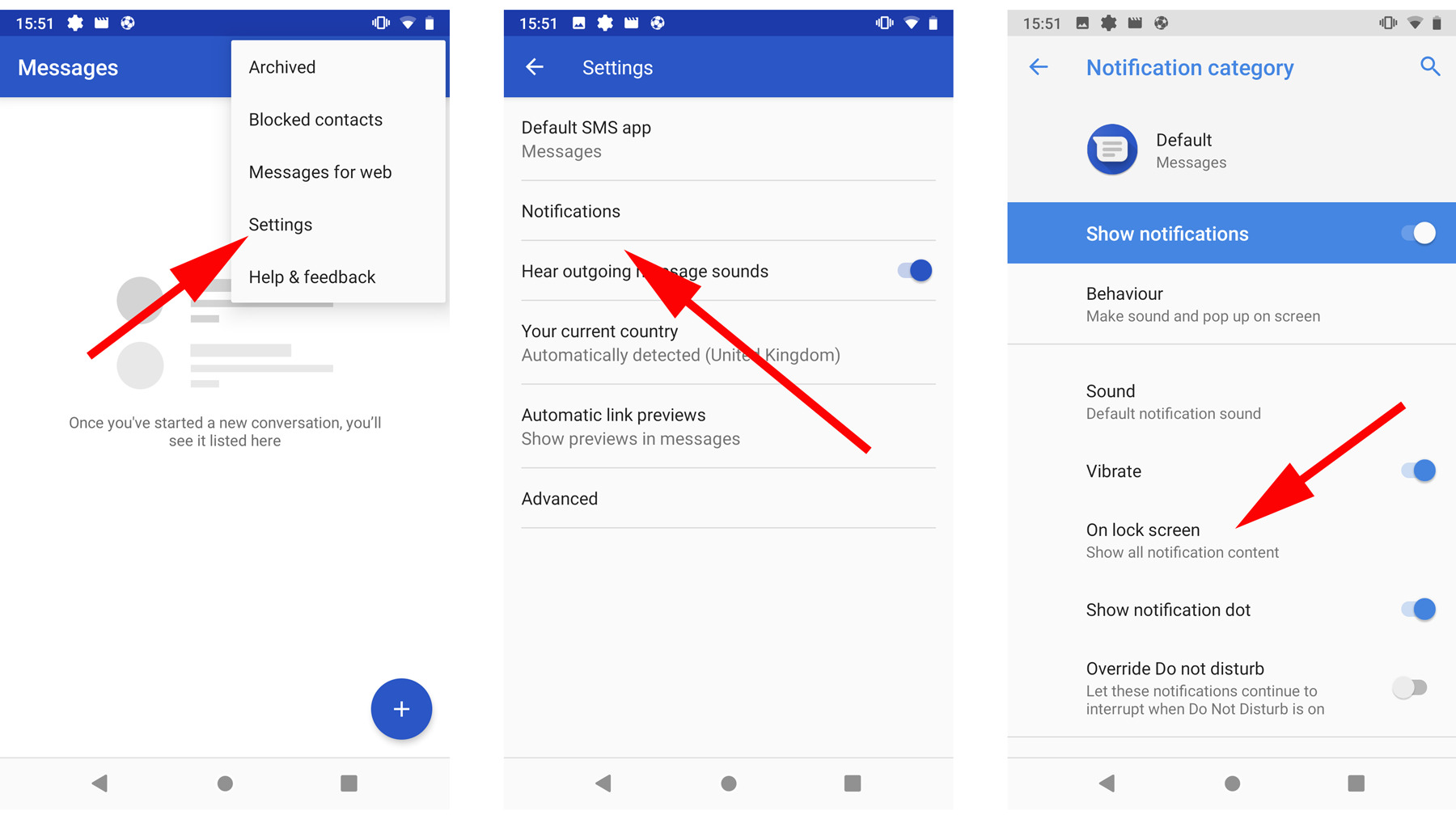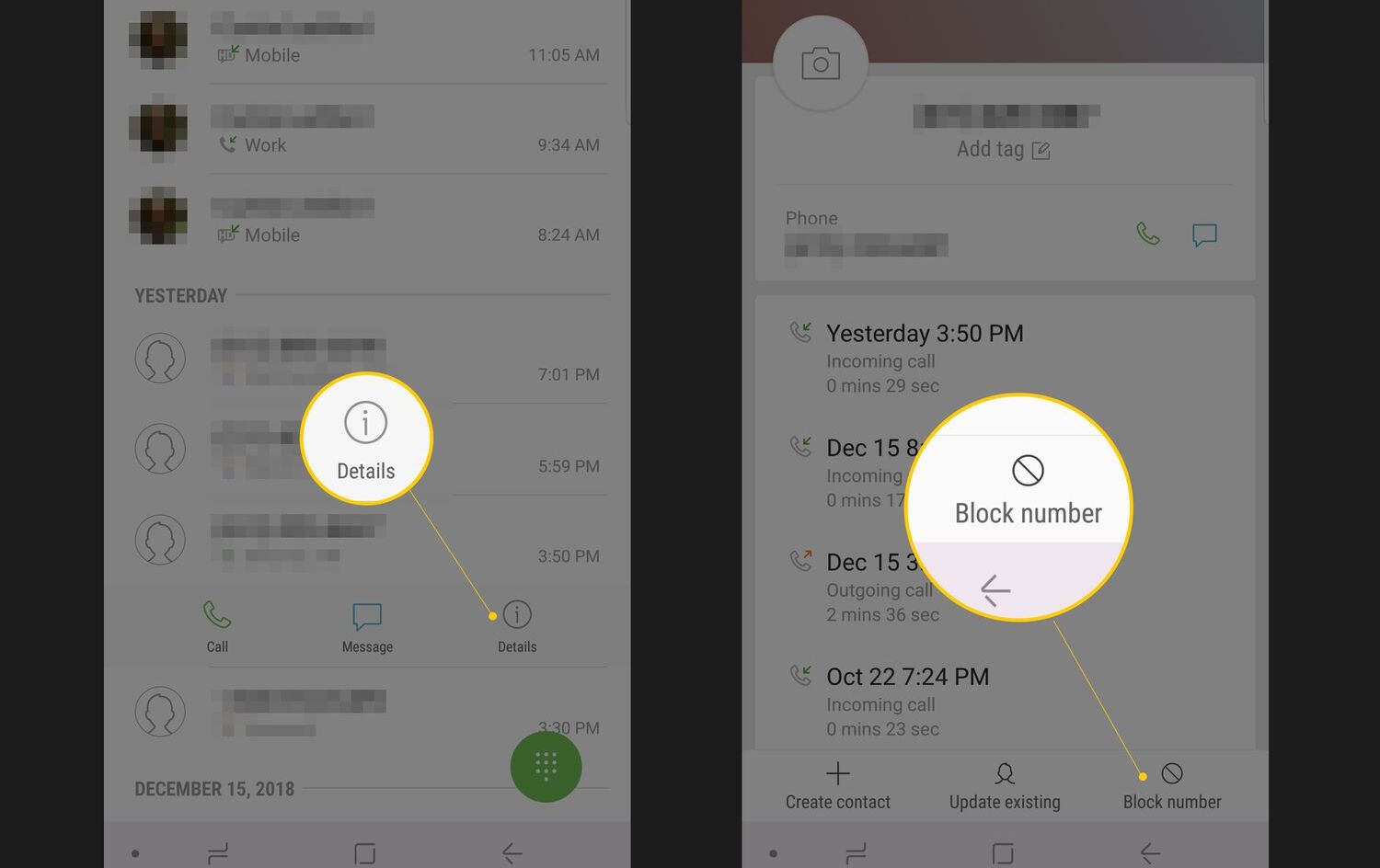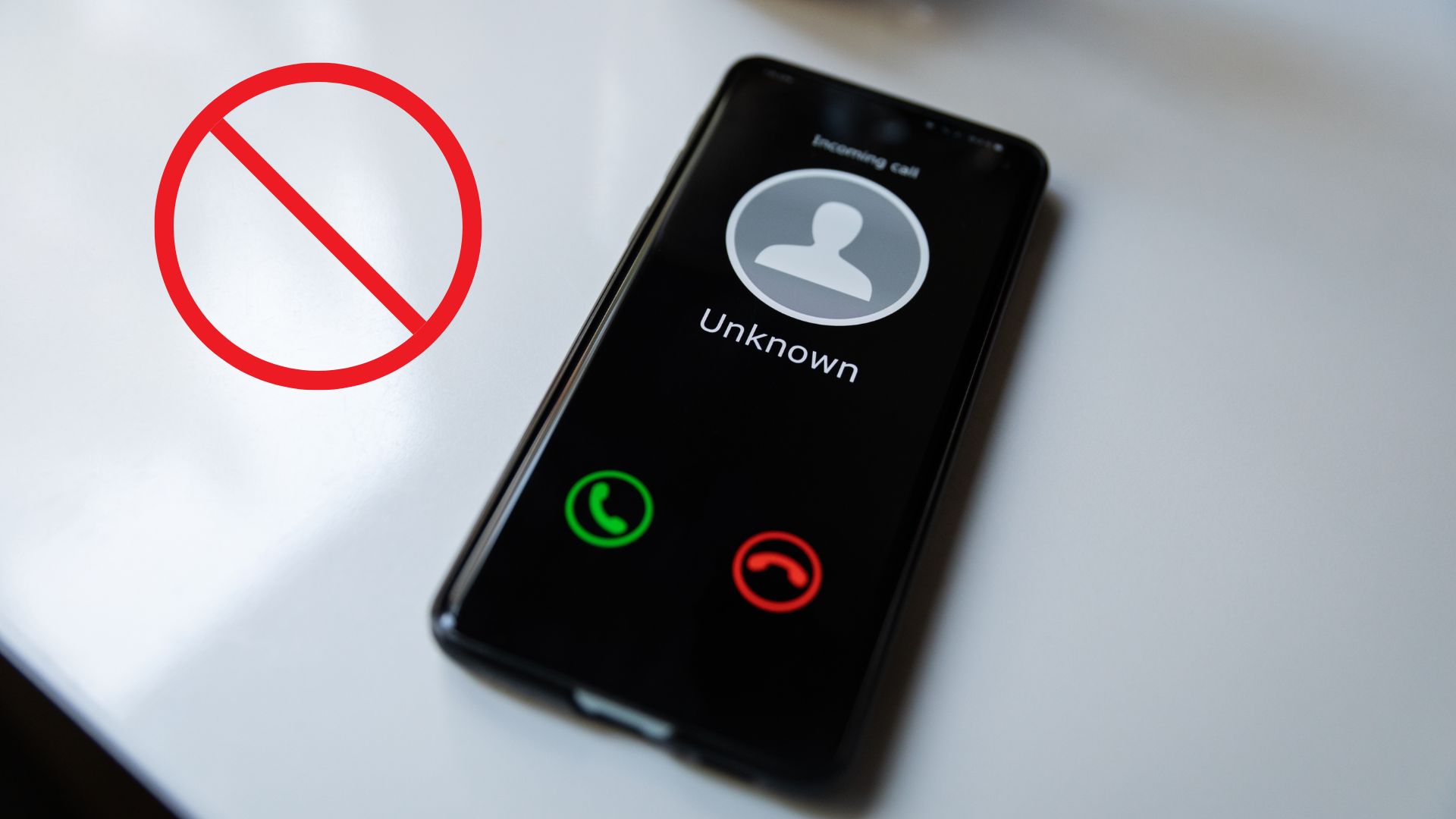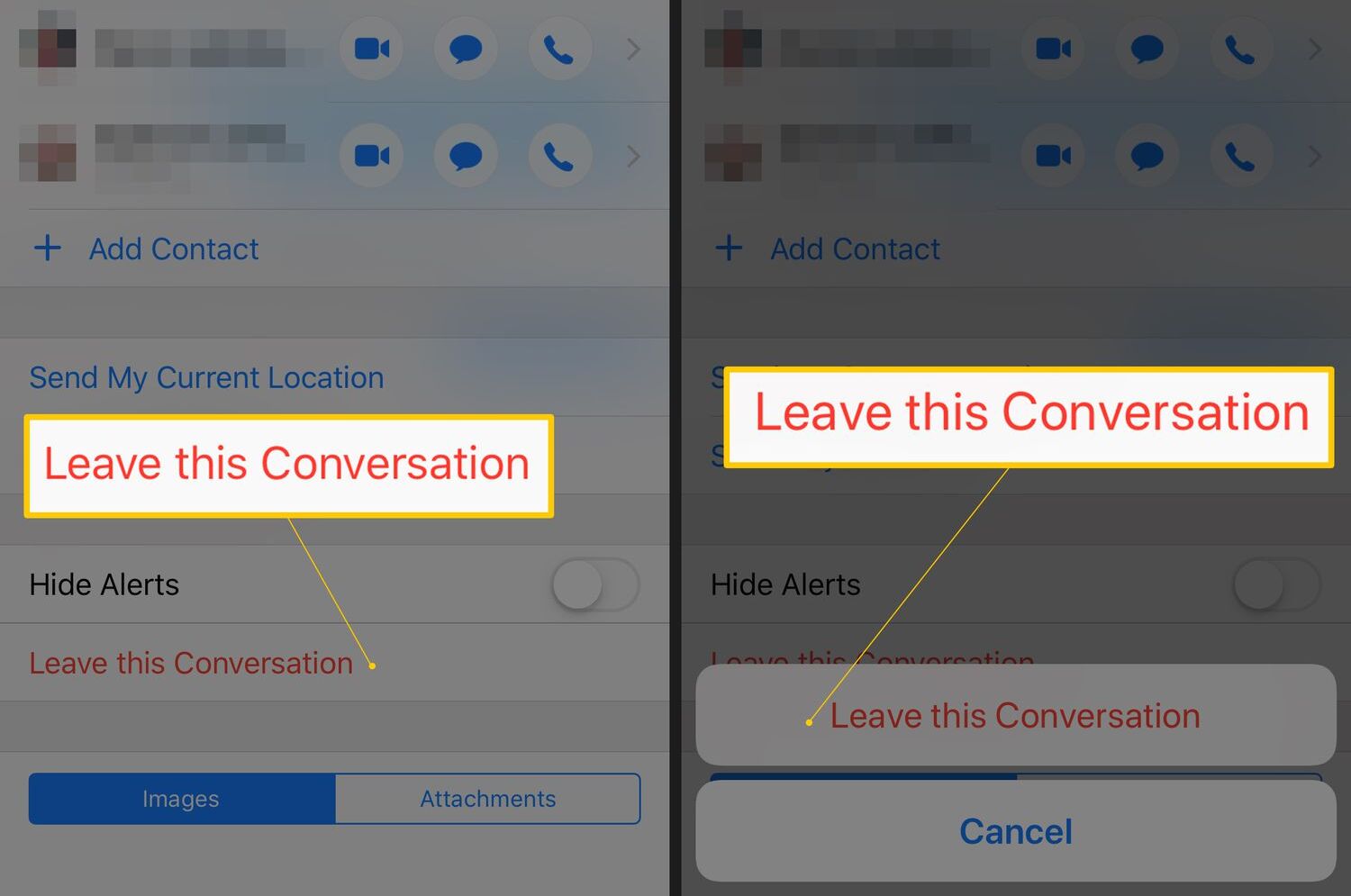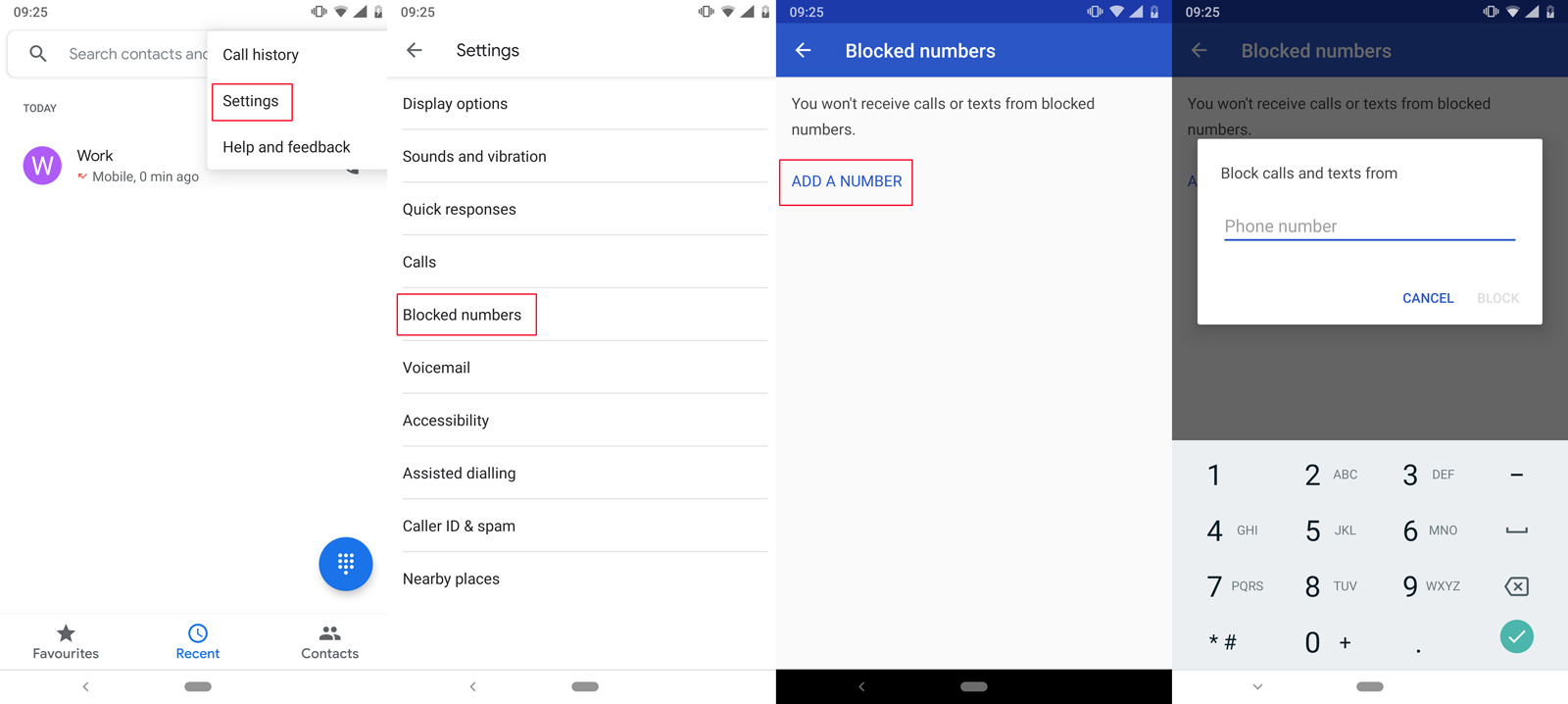Introduction
Privacy is a significant concern for smartphone users, especially when it comes to their messages. Whether it’s personal conversations, sensitive information, or private matters, keeping your messages secure and hidden from prying eyes is crucial. Fortunately, there are several methods and apps available for Android devices that can help you protect your privacy and keep your messages out of reach. In this article, we will explore various techniques to hide messages on Android and maintain the confidentiality of your conversations.
Privacy breaches can have serious consequences, from personal embarrassment to financial loss or even identity theft. It’s essential to take proactive steps to safeguard your messages and ensure that only the intended recipients have access to them. This article will guide you through different approaches to protect your messages, such as locking your messaging app, using private messaging apps, archiving messages, using message-hiding apps, encrypting your messages, deleting messages from your device, using hidden folders or apps, disabling message notifications, and hiding contacts in your address book.
Each method offers unique advantages and varying levels of security, so it’s essential to choose the approach that best suits your needs. By implementing these measures, you can have peace of mind knowing that your messages are safe from prying eyes and remain confidential.
Understanding the Importance of Message Privacy
In today’s digital age, communication has become increasingly reliant on text messaging. Whether it’s personal conversations with loved ones or professional communication with colleagues, the content of our messages often contains sensitive and private information. This makes message privacy a paramount concern.
Maintaining the privacy of your messages is crucial for several reasons. Firstly, it preserves personal confidentiality. We all have topics or discussions that we prefer to keep private, and ensuring that our messages remain confidential helps maintain trust and intimacy in relationships. Whether it’s sharing personal feelings, discussing sensitive topics, or examining personal matters, keeping these conversations private allows for a sense of security and comfort.
Secondly, protecting message privacy is essential for corporate communication. Many professionals communicate sensitive business information through text messages, including trade secrets, financial data, or confidential client details. Unauthorized access to these messages can have severe implications, such as reputational damage, loss of competitive advantage, or even legal consequences. Therefore, maintaining message privacy is crucial for safeguarding business interests and maintaining confidentiality.
Another critical aspect of message privacy is protecting personal information. Messages often contain personal details such as addresses, phone numbers, bank account information, or social security numbers. Falling into the wrong hands, this information can lead to identity theft or financial fraud. By ensuring the privacy of our messages, we safeguard ourselves against these risks and preserve our personal security.
Lastly, message privacy is essential for protecting personal autonomy. In a world where privacy is increasingly eroded, securing our messages allows us to exercise control over our personal information. This control is vital for maintaining our autonomy and deciding who has access to our private conversations.
Understanding the importance of message privacy is the first step towards taking the necessary measures to protect it. By keeping our messages confidential, we maintain personal confidentiality, protect sensitive business information, preserve personal security, and retain control over our personal autonomy.
Locking Your Messaging App
One of the simplest and most effective ways to enhance message privacy on your Android device is by locking your messaging app. By setting up a lock screen or using app-specific locking features, you can prevent unauthorized access to your messages even if someone gains physical access to your device.
Most Android devices offer built-in security features like PINs, passwords, fingerprint recognition, or facial recognition. By enabling these features, you add an additional layer of protection to your messaging app. When someone tries to open your messaging app, they will be prompted to enter the correct PIN, password, or biometric authentication before gaining access to your messages.
To lock your messaging app, follow these steps:
- Go to your device’s “Settings” and locate the “Security” or “Biometrics and Security” section.
- Select “App Lock” or a similar option. This may vary depending on your device’s manufacturer.
- Choose the messaging app you want to lock from the list of installed apps.
- Set up your preferred method of authentication, such as a PIN, password, fingerprint, or facial recognition. Follow the on-screen instructions to complete the setup.
- Once configured, every time you or someone else tries to open the messaging app, they will need to authenticate themselves using the selected method.
By locking your messaging app, you provide an added layer of security to your messages, ensuring that only authorized users can access them. This reduces the risk of unintentional or unauthorized access to your private conversations, enhancing the overall privacy of your messages.
Using Private Messaging Apps
To further enhance message privacy on your Android device, consider using private messaging apps that offer enhanced security features and encryption. These apps prioritize privacy and provide additional layers of protection for your conversations.
Private messaging apps typically offer end-to-end encryption, which ensures that only the sender and recipient can access the messages. This means that even if someone intercepts the messages, they won’t be able to decrypt and read them without the necessary encryption keys.
Some popular private messaging apps for Android include Signal, Telegram, and WhatsApp. These apps have gained popularity for their strong encryption protocols and commitment to user privacy. Signal, in particular, is highly regarded for its open-source nature and focus on security.
When using private messaging apps, it’s essential to ensure that your contacts also have the same app installed. This way, you can communicate securely within the app’s encrypted environment and avoid using traditional SMS messaging, which may be less secure.
Additionally, private messaging apps often offer features such as disappearing messages, which automatically delete messages after a specified time period. This further enhances message privacy by reducing the chances of someone stumbling upon old messages.
It’s important to note that while private messaging apps provide robust security measures, they do require both you and your contacts to use the same app for secure communication. Therefore, it’s crucial to communicate with your contacts about using private messaging apps to maintain the privacy of your conversations.
By utilizing private messaging apps that prioritize security and encryption, you can rest assured that your messages remain private and protected from unauthorized access or interception. These apps offer an additional layer of control and confidentiality, allowing you to communicate with peace of mind.
Archiving Messages
If you want to maintain message privacy while keeping your conversations organized, archiving messages can be a useful technique. Archiving allows you to hide specific conversations from your main message inbox, keeping them out of sight from prying eyes.
When you archive a message, it gets moved to a separate folder within your messaging app, often labeled as “Archived” or “Hidden.” Archived messages are still accessible to you, but they are no longer visible in your regular conversation list, making it harder for someone else to stumble upon them.
Archiving messages is a straightforward process. Here’s how you can archive messages on most Android devices:
- Open your messaging app and locate the conversation you want to archive.
- Long-press on the conversation or swipe left to reveal additional options.
- Select the “Archive” or “Hide” option.
The method may vary slightly depending on the messaging app you use, so refer to the app’s instructions or settings for specific steps.
By archiving messages, you can keep your main message inbox clutter-free and maintain a more organized interface. It’s an effective way to hide sensitive or private conversations from prying eyes while still having access to them when needed.
However, it’s important to remember that archiving messages doesn’t provide encryption or additional security measures. Archived messages are still stored on your device and may be accessible through certain methods. If you require a higher level of privacy, consider using other techniques like message encryption or private messaging apps.
Archiving messages offers a simple solution for keeping your conversations hidden from plain view while maintaining easy access to them. It’s a convenient way to declutter your messaging app and prioritize your message privacy.
Using Message-Hiding Apps
For those seeking an extra layer of privacy, message-hiding apps provide a discreet way to conceal specific conversations or entire messaging apps from prying eyes. These apps offer advanced features that go beyond simple archiving or locking, allowing you to hide messages in secret folders or even disguise them as other applications.
Message-hiding apps typically require you to set up a secure password or PIN to access the hidden content. Once configured, you can move selected conversations or entire messaging apps into the hidden area, making them inaccessible to anyone accessing your device without the password or PIN.
These apps often come with additional features like decoy passwords, which display a fake hidden area to deceive unauthorized users. They may also offer options to encrypt the hidden content, adding another layer of protection to your private conversations.
To use a message-hiding app on your Android device, follow these general steps:
- Visit the Google Play Store and search for a reputable message-hiding app. Some popular options include Vault, Hide It Pro, and Keepsafe.
- Download and install the app of your choice.
- Launch the app and follow the on-screen instructions to set up a secure password or PIN.
- Choose the conversations or messaging apps you want to hide and move them into the hidden area provided by the app.
- Once hidden, the conversations or apps will be secured behind the password or PIN, effectively keeping them hidden from unauthorized users.
Message-hiding apps offer an extra layer of privacy by hiding your conversations or even the entire messaging app itself. However, it’s important to remember that these apps should be used alongside other security measures like locking your device and using encrypted messaging apps for comprehensive protection.
Keep in mind that excess reliance on message-hiding apps may raise suspicion if someone discovers the app on your device. Therefore, it’s crucial to use these apps responsibly and keep in mind the importance of open communication and trust in your personal relationships.
Using message-hiding apps provides an additional level of privacy, allowing you to keep your sensitive conversations hidden from prying eyes. By choosing a reliable app and implementing it effectively, you can maintain the confidentiality of your messages and protect your privacy.
Encrypting Your Messages
To ensure maximum privacy and security for your messages, consider encrypting them. Encryption transforms your messages into a coded format that can only be deciphered by the intended recipient using a decryption key. This makes it extremely difficult for unauthorized individuals or hackers to intercept and read your messages.
There are various encryption methods available for Android devices. One of the most commonly used methods is end-to-end encryption, which ensures that only the sender and recipient can access the content of the messages. This type of encryption prevents anyone, including service providers or third parties, from intercepting and decrypting the messages.
Several messaging apps, such as Signal and WhatsApp, offer end-to-end encryption as a built-in feature. By using these apps, your messages are automatically encrypted before they leave your device, ensuring that they remain protected throughout the entire communication process.
If you prefer to use traditional SMS messaging, you can still encrypt your messages using third-party encryption apps. These apps often use strong encryption algorithms to encode your messages, making them unreadable without the appropriate decryption key or password.
When using encryption apps, it’s important to ensure that both you and the recipient have the same app installed and understand how to use it properly. Without a shared encryption method, your messages may not be secure.
Additionally, it’s crucial to keep your encryption apps up to date. Developers frequently release updates to address any vulnerabilities and improve the security of their encryption algorithms. By regularly updating your apps, you help ensure that your messages remain secure against emerging threats.
Encrypting your messages adds an extra layer of protection and privacy to your conversations. It assures that your messages are only accessible to authorized recipients and prevents unauthorized individuals from intercepting or deciphering the content. By utilizing encryption methods, you can communicate with confidence, knowing that your messages are secure and private.
Deleting Messages from Your Device
If you want to ensure the utmost privacy and confidentiality, deleting messages from your device is an effective measure. By permanently removing messages from your device, you reduce the chances of them being accessed by unauthorized individuals, even if they gain physical access to your device.
Deleting messages from your Android device can be done in a few simple steps:
- Open your messaging app and locate the conversation containing the messages you want to delete.
- Long-press on the specific message or conversation you want to delete.
- Select the “Delete” or “Trash” icon, commonly represented by a bin or trash can symbol.
- Confirm the deletion when prompted.
Depending on your messaging app, there may be variations in the specific steps or options. Some messaging apps also offer the option to select and delete multiple messages or entire conversations at once.
It’s important to note that deleting messages from your device only removes them from your device’s storage. They may still be accessible through backups, cloud storage, or the recipient’s device. If absolute privacy is your goal, it’s advisable to communicate with the recipient and request that they delete the messages as well.
Deleting messages periodically is a good practice to maintain a clean and clutter-free message inbox while ensuring the privacy of your conversations. It prevents unwanted access and minimizes the chances of sensitive information being compromised.
However, deleting messages comes with the trade-off of potentially losing important information or sentimental conversations. If you have valuable or significant messages that you wish to preserve, consider backing them up before deleting them from your device.
By actively deleting messages from your Android device, you take proactive steps to safeguard your privacy. It minimizes the chances of sensitive conversations falling into the wrong hands and helps you maintain control over your personal information. Remember to weigh the importance of keeping certain messages for reference against the need for enhanced privacy when deciding which messages to delete.
Using Hidden Folders or Apps
Another method to hide your messages on an Android device is by using hidden folders or apps. This technique involves storing your sensitive conversations or messaging apps in secret locations that are not easily visible or accessible.
Many file manager apps and third-party apps allow you to create hidden folders or directories on your device. Within these hidden folders, you can move your messaging app or specific conversation folders to keep them hidden from plain view.
Here’s how you can create a hidden folder to store your private conversations:
- Download and install a file manager app that supports hidden folders. Some popular options include ES File Explorer, Solid Explorer, or File Manager+.
- Launch the file manager app and navigate to the directory where you want to create the hidden folder.
- Create a new folder and give it a name that doesn’t draw attention, such as “System” or “Cache”.
- In the file manager app’s settings, enable the option to hide the folder or make it invisible.
- Move your messaging app or specific conversation folders into the hidden folder.
Hidden folder functionality may vary depending on the file manager app you choose. Some apps allow you to set a password or PIN to access the hidden content, adding an extra layer of security.
Alternatively, you can use hidden apps specifically designed for hiding other apps on your device. These apps typically create a disguised icon on your app drawer, making it appear as a harmless and unrelated app. By launching the disguised app and entering the correct password or PIN, you gain access to the hidden messaging app or conversation.
Using hidden folders or apps adds an extra layer of obscurity to your private conversations. It makes it more challenging for unauthorized users to find or access your hidden messages, enhancing your overall message privacy.
It’s important to note that while hidden folders or apps provide an additional level of privacy, they are not foolproof. Savvy individuals may still be able to uncover the hidden content, and accidental disclosure is always a possibility. Therefore, it’s crucial to consider other security measures like locking your device or using encryption apps for comprehensive protection.
By utilizing hidden folders or apps, you can keep your private conversations discreet and hidden away from prying eyes. It’s a method that provides an added sense of security and control over your message privacy.
Disabling Message Notifications
One simple yet effective way to enhance message privacy on your Android device is by disabling message notifications. When your device displays notifications for incoming messages, anyone nearby can see them, compromising the confidentiality of your conversations. By disabling these notifications, you can prevent others from accidentally or intentionally viewing your private messages.
Disabling message notifications can be done through the settings of your messaging app or the system settings of your Android device. Here’s a general guide on how to disable message notifications:
- Open the settings of your messaging app or go to the system settings of your Android device.
- Look for the “Notifications” or “App Notifications” section.
- Locate your messaging app from the list of installed apps.
- Disable the toggle switch for notifications or customize your preferences to silence or hide message notifications.
Remember to review the settings for each messaging app you use, as the steps may vary depending on the app. Additionally, disabling notifications may differ depending on the version of Android you are using.
Disabling message notifications offers multiple benefits. Firstly, it keeps your sensitive conversations hidden from prying eyes, ensuring that others are not alerted to the arrival of new messages. This is particularly useful if you often receive messages in public or shared spaces.
Secondly, disabling notifications helps prevent distractions. It allows you to have better control over your device and focus on tasks without interruptions from incoming messages. By silencing message notifications, you can concentrate on your work or enjoy uninterrupted leisure time.
However, keep in mind that disabling notifications means you will need to actively check your messaging app for new messages. Make sure to set aside regular times to check your messages to ensure timely responses and maintain communication with your contacts.
By disabling message notifications, you can maintain the privacy of your conversations and prevent others from accidentally viewing your messages. It offers a simple yet effective way to keep your messages concealed and undisturbed, allowing you to have increased control over your message privacy.
Hiding Contacts in Your Address Book
In addition to securing your messages, it’s important to consider the privacy of your contacts. Hiding contacts in your address book can add an extra layer of privacy by preventing others from easily accessing the names and numbers of your contacts.
Most Android devices allow you to hide specific contacts or create hidden contact groups within your address book. This ensures that only you have visibility of those contacts, further safeguarding their privacy.
Here’s how you can hide contacts in your address book on most Android devices:
- Open the Contacts or People app on your Android device.
- Select the contact you want to hide or create a new contact.
- Tap on the “Edit” option or the pencil icon to edit the contact details.
- Scroll down to find the option to mark the contact as “Private” or “Hidden”. This option may be located under “Additional Info” or “Contact Options”.
- Save the changes to apply the hidden status to the contact.
Depending on your Android device or contacts app, the steps may vary slightly. Some devices might offer the option to hide contacts in bulk or create hidden contact groups, allowing you to manage multiple hidden contacts more efficiently.
Hiding contacts in your address book ensures that even if someone gains access to your device, they won’t be able to see the names and numbers of your hidden contacts. This can provide an additional level of privacy, particularly for sensitive or confidential contacts.
It’s important to note that hidden contacts may still appear in other apps or services that have access to your address book. To ensure the utmost privacy, consider using encrypted messaging apps that allow you to keep your contacts separate from your device’s native address book.
By hiding contacts in your address book, you can maintain the privacy of your contact list and protect the identities of your connections. It’s an effective way to add an extra layer of confidentiality to your communications while keeping your contacts hidden from prying eyes.
Conclusion
In today’s digital world, protecting the privacy of our messages is of utmost importance. Whether it’s personal conversations, sensitive business information, or personal details, keeping our messages secure ensures confidentiality, trust, and personal security.
This article has explored various methods to hide messages on Android and enhance message privacy. From locking your messaging app and using private messaging apps to archiving messages and using message-hiding apps, each technique offers its own advantages and levels of security.
Encrypting your messages adds an extra layer of protection, while deleting messages from your device and disabling message notifications minimize the chances of accidental exposure. Utilizing hidden folders or apps and hiding contacts in your address book further enhance message privacy and protect your personal information.
It’s crucial to consider your specific needs and preferences when choosing the methods to secure your messages. Some methods may be more suitable for personal use, while others offer stronger security for business communication.
Remember that while these methods can significantly enhance message privacy, no security measure is foolproof. It’s essential to stay vigilant and keep your devices and apps up to date with the latest security patches and updates. Additionally, open communication with your contacts regarding privacy practices can help maintain confidentiality and trust.
By implementing the techniques discussed in this article, you can take control of your message privacy and protect your conversations from unauthorized access. Whether it’s locking your messaging app, using encryption, or simply being mindful of the information you share, every step you take towards enhancing message privacy contributes to a safer and more secure digital environment.







